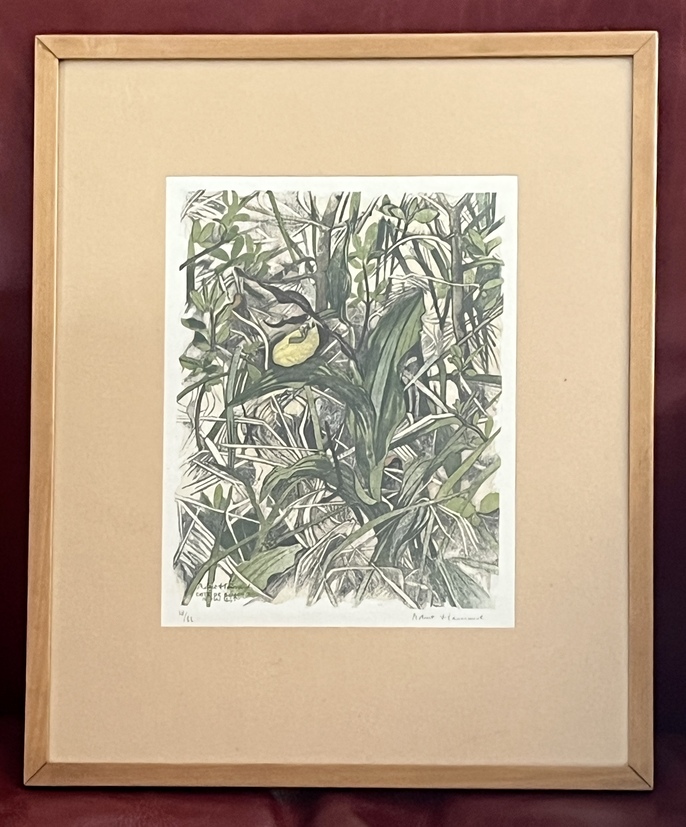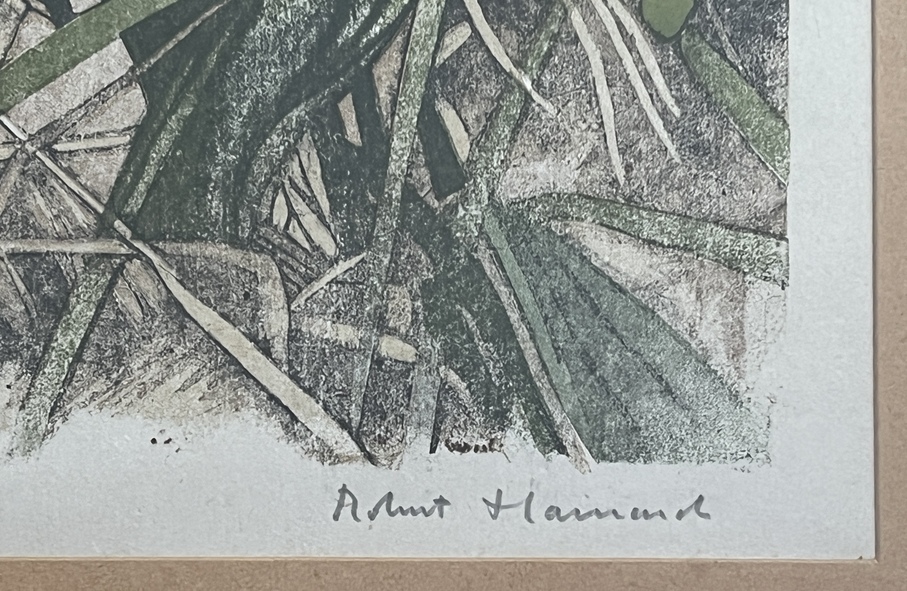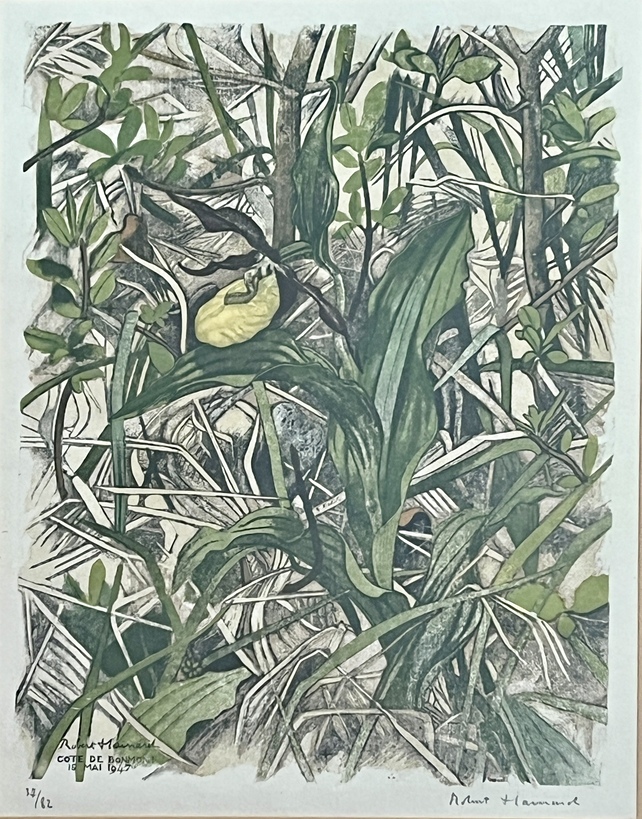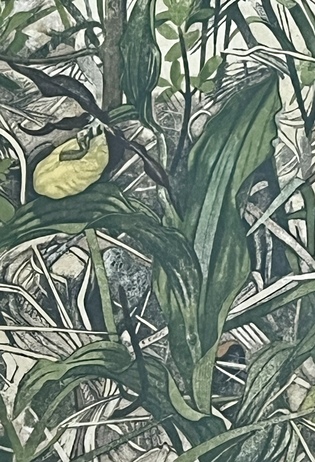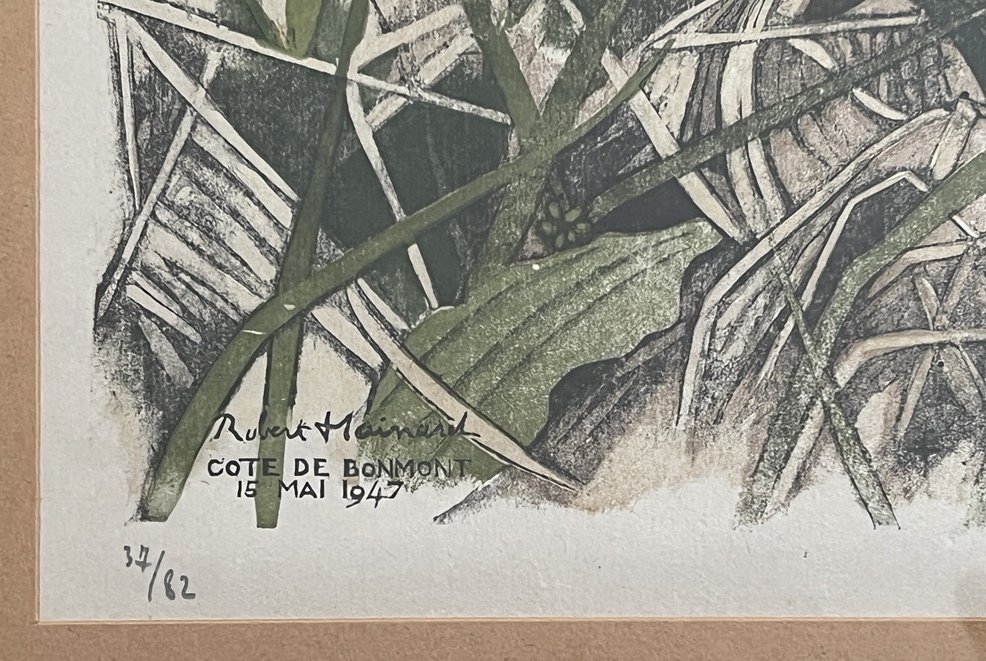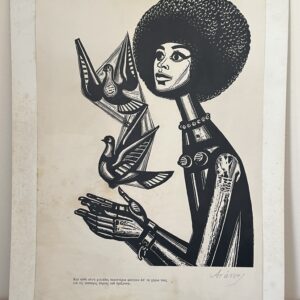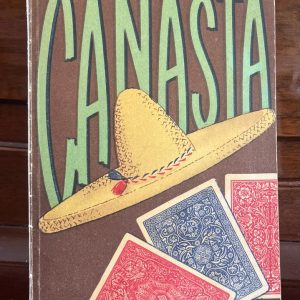Rare Signed Robert Heinard (1906 – 1999) – “Lady’s slipper” – “Sabot de Venus” 1/82 Copies, 14 Colour Woodcut
320.00€
Description
Robert Heinard
1906 – 1999
Original Vintage 14 Colour Woodcut
“Lady’s slipper” – “Sabot de Venus”
One out of 82
Here: Copy 37/82
Hand Signed and Numbered with pencil by Robert Heinard
Dimensions
Image: 285 x 265 mm
Frame: 470 x 380 mm
Photos are part of the condition description.
From 1921 to 1926, he attended the School of Fine Arts in Geneva as well as the School of Industrial Arts. He studied sculpture, then also devoted himself to engraving, taking his inspiration from the technique of Japanese prints to develop, from 1924, a woodcutting process that allowed him to print subtle gradations of color. He engraved up to fourteen pear tree plates (one per color) to find the chromatic richness of a study of Ophrys fly. The artist’s body of work, of a remarkable stylistic continuity, is characterized by a great profusion, regrouping no less than 30’000 drawings and 2’500 watercolors, to which one must add several hundred sculptures. As for engraving, he printed his last subject at the age of eighty-seven, thus constituting a collection of more than 1,000 pieces.
“Each of my engravings is a music: 7, 10, 12 tones, each of which has its precise flavor, which have their intervals and which I weave, interweave and superimpose. When I engraved a flock of geese emerging from the fog, I consciously made a kind of counterpoint: dark birds above, light and faded below, on a sky clearing up from below. Oil painting, rich, complex, a bit heavy and confusing, is to printmaking what the piano is to the harpsichord.”
The complementary relationships between nature and human civilization are at the heart of Robert Hainard’s work, which conceives art, science and philosophy as a whole. The work is inseparable from the artist’s thoughts and existential preoccupations, which are particularly evident in works such as Bouvreuil, Loup dans la pénombre, L’éclair and Les escargots amoureux. “This engraving smells of earth”: a compliment he was particularly fond of, as it seemed to reveal exactly what he had wanted to express. Drawing what one sees and not what one knows was the guiding principle of his work. Inspired in particular by the influence of parietal art, the drawing all in delicacy of Albrecht Dürer or the muscular force of the sculptures of Rodin.

